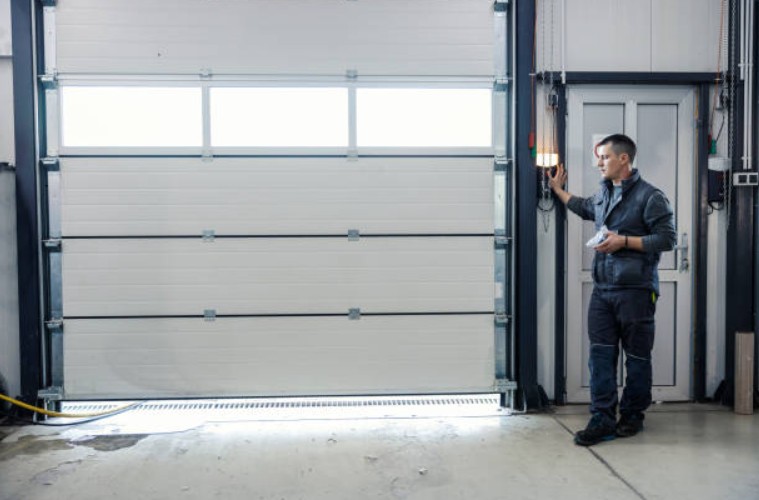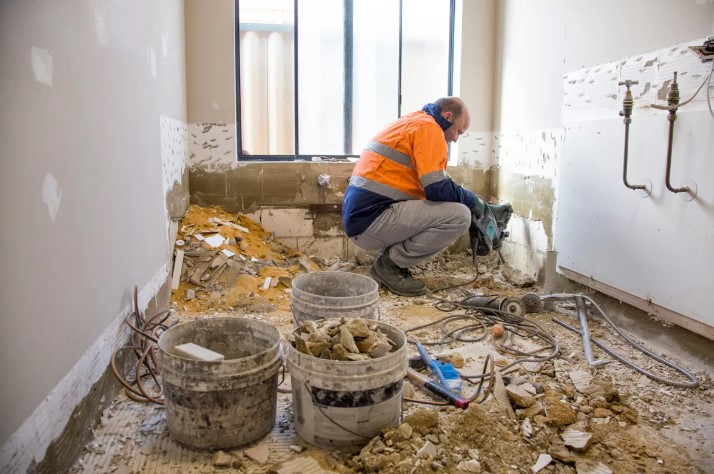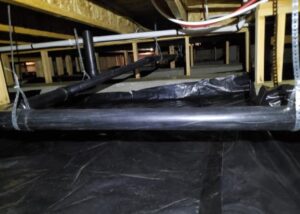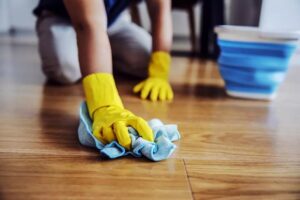7 Childproofing Tips for a Cleaner, Safer Home
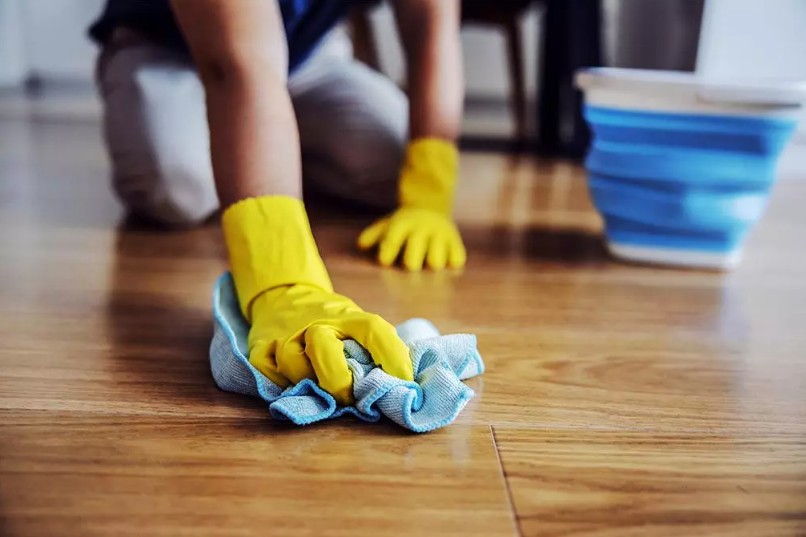
We all want our homes to be safer for our youngsters. The peace of mind that comes from knowing your little ones can explore without being harmed is priceless.
As a parent, it’s your responsibility to keep a tidy, danger-free place. Thankfully, with some simple strategies, this can now be achieved.
Coming up are some useful tips to make your place kid-friendly, so it’s safe for your children as they grow. These simple steps can turn your house into a perfect spot where both little ones and parents feel great.
1. Assess Your Home for Hazards
Start by taking a good look around your home to spot any risks for kids. Focus on their favourite hangout areas and sneaky hiding spots.
Make a list of things that could spell trouble, like sharp edges, small things they could try to munch on, or cleaning supplies. It’s a good idea to get down to their height. The world looks very different from knee-height, and you’ll spot things you’d miss standing tall.
It also helps to bring in a second set of eyes. Family members, babysitters, or friends can spot risks you might overlook. The more perspectives, the safer the setup.
Remember, safety isn’t a one-off task. As children grow, their reach and curiosity expand. Regular check-ins and small adjustments keep your home ready for every new stage. A little vigilance today means fewer close calls tomorrow.
2. Invest in Quality Safety Gear
Your top priority is keeping your kids safe. That’s why getting the proper equipment is non-negotiable. This includes sturdy gates and locks. They’re major players in upping your home’s security game.
Don’t just buy the first product you find, and make sure that all the supplies you get adhere to strict safety standards to ensure they are reliable.
Take a look at different brands and check what other buyers are saying to find the best choices out there.
Consider also how your home is arranged, since spots like kitchens and bathrooms often require special safety measures.
Beyond just keeping accidents at bay, investing in better-quality protection gear makes financial sense over time. Sturdy equipment lasts longer, meaning fewer replacements and surprising savings in your wallet.
3. Create a Safe Play Area
Set up a child-only space, and let the little explorers go wild! Having a designated spot means you can keep tabs on their activities and ensure their safety.
Lay down some cosy, impact-friendly surfaces like foam mats or plush rugs to cushion those inevitable wobbles and tumbles.
Next, clear out any tiny trinkets that could turn into choking hazards. It’s better to be safe than sorry.
Baby gates and playpens are lifesavers for setting up secure play zones. It’s best to pop them at the top of the stairs, or block off no-go areas to keep those little explorers in check.
After playtime is over, take a moment to tidy up and store toys in boxes or under the bed. Rotate these items every week or so to keep things fresh and exciting. And be sure to get rid of any broken toys to maintain a safe environment.
You should also give the play area a regular check to ensure it’s clean and hazard-free. Watch out for uncovered electrical sockets or sharp edges.
Every few months, adjust the setup to keep playtime fun and reduce risks. You can do that by adding new toys or rearranging the furniture to keep things interesting.
4. Secure Heavy Furniture and Appliances
Big, bulky furniture can be a hidden hazard when you have little daredevils running around. One good tug on a bookshelf or dresser, and you’re facing a potential accident. Therefore, make sure everything is secure before curiosity turns into drama.
It’s a smart idea to fasten heavy furniture to the wall with safety straps or brackets. These are simple tools that keep everything steady and your kids out of harm’s way.
Give your appliances a once-over as well. This includes ovens, fridges, and anything else a curious child can grab onto. The last thing you want is a mini-explorer turning a simple tug into a dangerous tumble.
It’s worth teaching older children about the risks of climbing on furniture. Once they understand, they can set the example and gently guide younger siblings toward safer habits. Kids often copy each other, so this can be more effective than a dozen reminders from adults.
Besides securing everything, you should check straps and brackets regularly to make sure they’re still doing their job. Look out for any wear and tighten things up if needed.
5. Keep Cleaning Supplies Out of Reach
Store detergents where the little ones can’t see them. What looks harmless to us can be a nasty surprise for curious little hands. Put them up high in cabinets or inside lockable drawers. A little precaution goes a long way.
Childproof locks add extra safety, especially if you must store items in lower cabinets. But it’s best to avoid the under-sink area altogether—kids love to explore there.
If possible, pour dangerous liquids into opaque, labelled containers. Out of sight often means out of mind.
Don’t forget to talk with older children about why these products can be dangerous, and ask them to help keep an eye on the little ones.
6. Regularly Check and Maintain Safety Measures
Home safety isn’t a set-it-and-forget-it thing. It’s an ongoing mission. Regularly check that gates, locks, and other safeguards are doing their job.
If something is looking a bit wobbly or worn, replace it immediately. Kids grow fast, and before you know it, they’ll reach places you never thought they could, uncovering hazards you didn’t even know existed.
That’s why a deep cleaning service every now and then can be helpful. It doesn’t just make a home sparkle. It helps keep it safer, too. From sanitising high-touch areas to tackling hidden dust traps, a thorough treatment ensures the space remains pristine and secure.
It’s also important to keep a note of your safety checks and any adjustments you make. It’s the best way to stay ahead of the game. We know that regular inspections aren’t exactly thrilling, but they will help keep your home safer for your children.
7. Educate Children About Safety
Teaching kids about safety is one of the best ways to keep them out of harm’s way. Point out everyday dangers, like sockets, cords, and sharp knives, in a way they can understand.
Keep it light and interactive by acting out situations together. When learning feels like play, the lessons tend to stick, and safety becomes second nature.
Getting older siblings to help out is great too. It gives them a sense of responsibility and sets a good example.
As your little ones grow and learn to spot dangers, they’ll get better at staying safe, which is going to make your home a safer place for everyone.
Conclusion
Childproofing isn’t about wrapping your home in bubble wrap. It’s about making smart changes that keep your little ones safe while letting them explore, learn, and have fun.
Kids grow quickly, and what’s safe today might not be tomorrow, so keep checking and adjusting as you go.
Having special play areas helps keep things under control as well. Just remember, childproofing keeps the little ones safe and gives you peace of mind.


